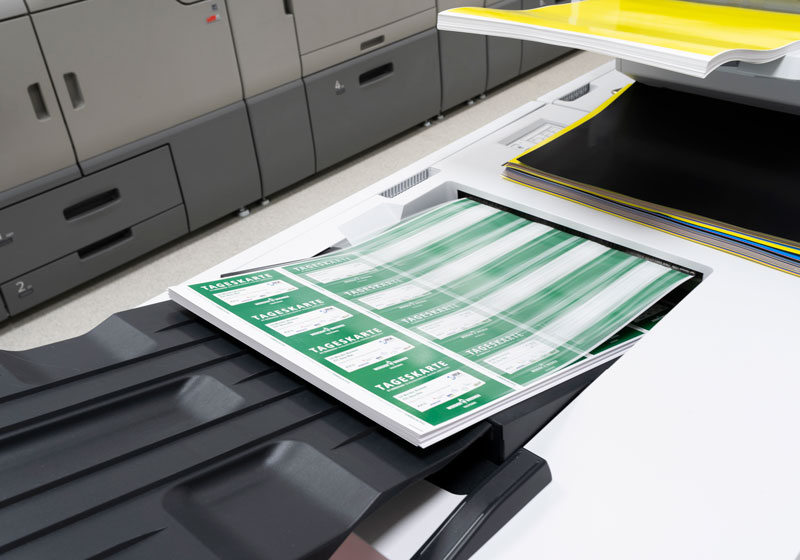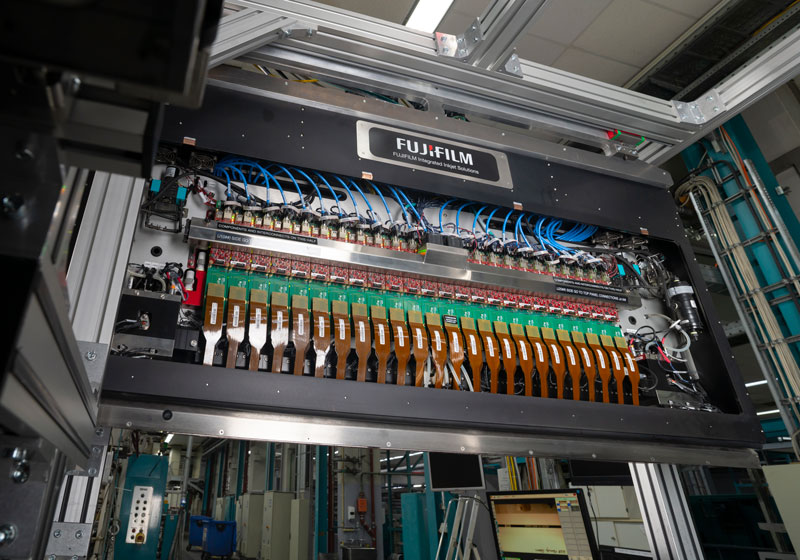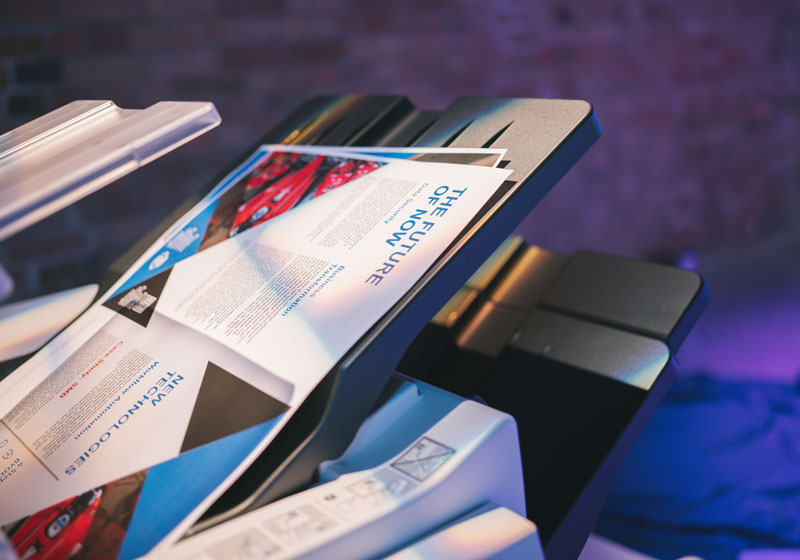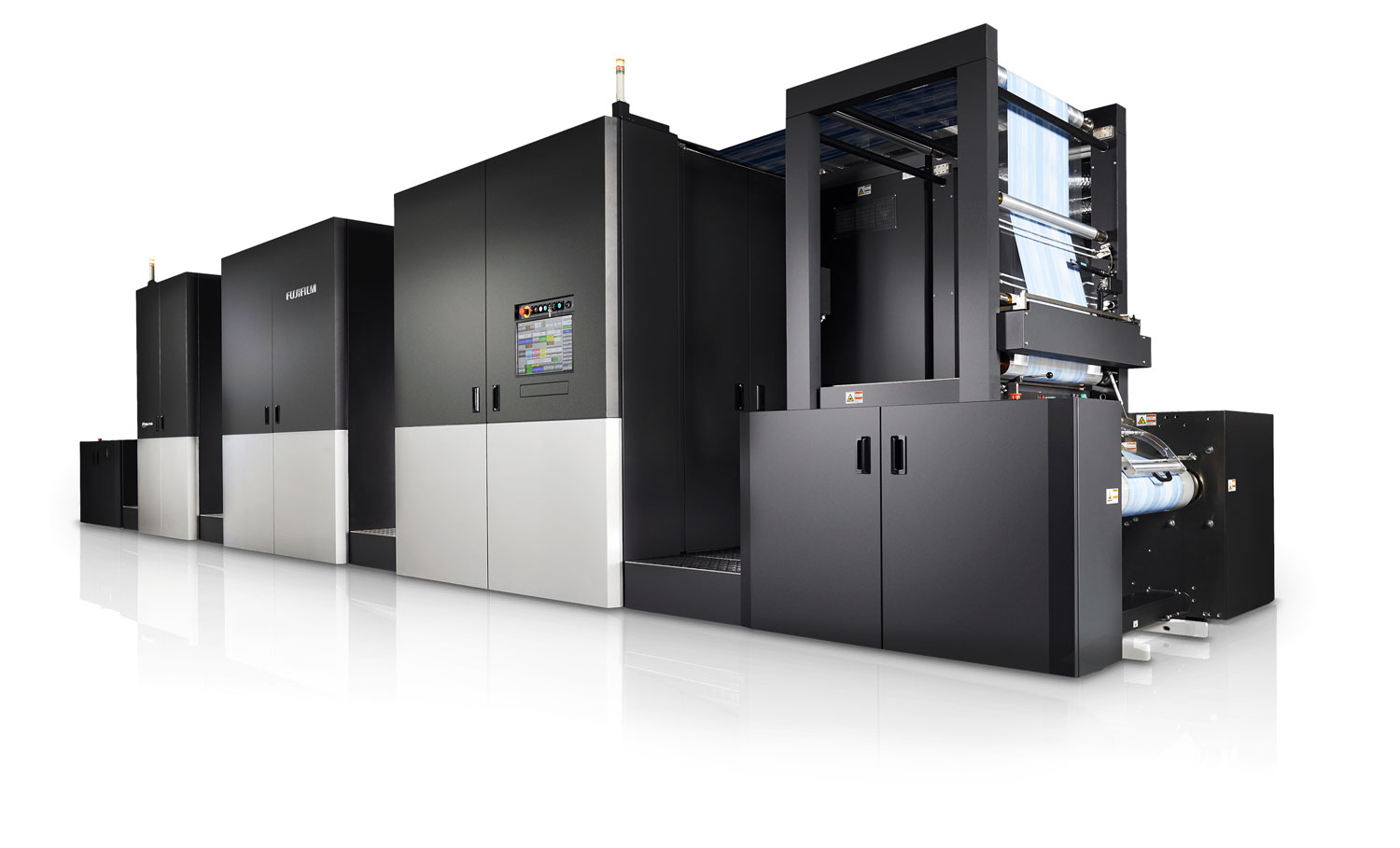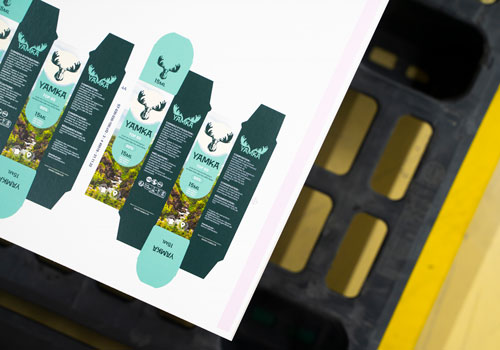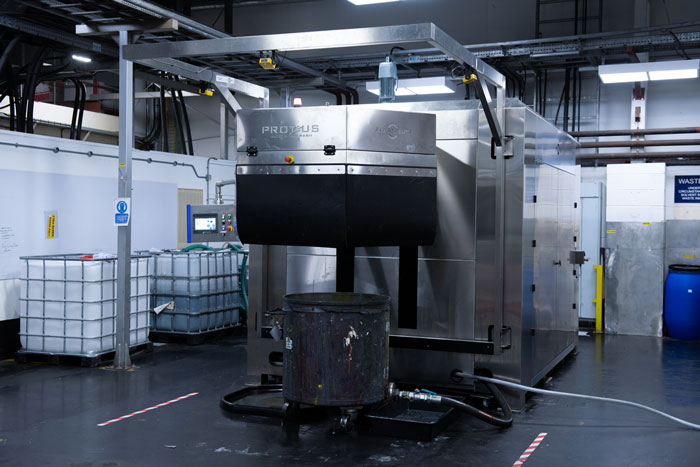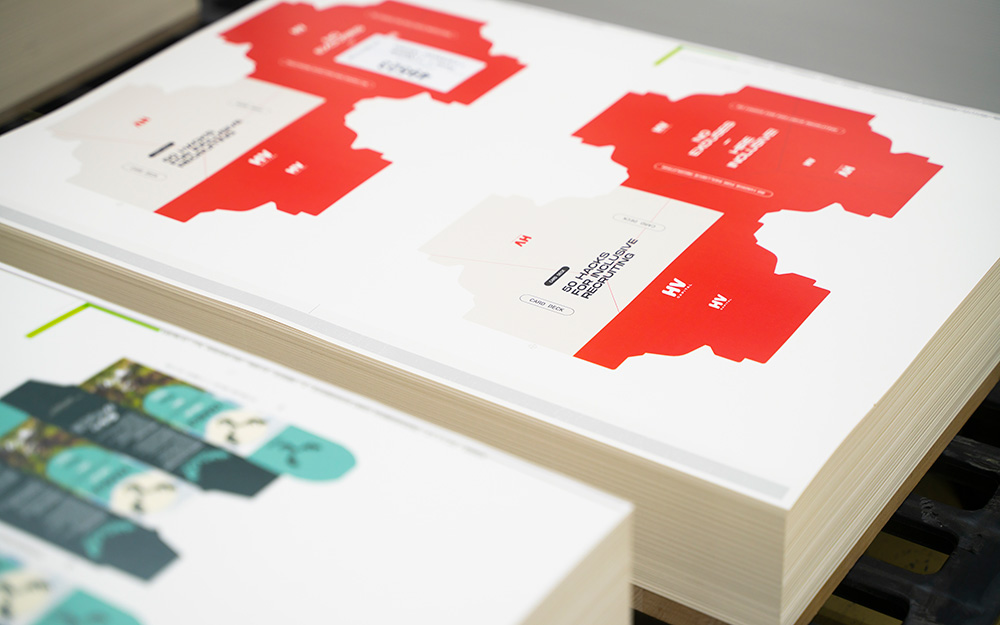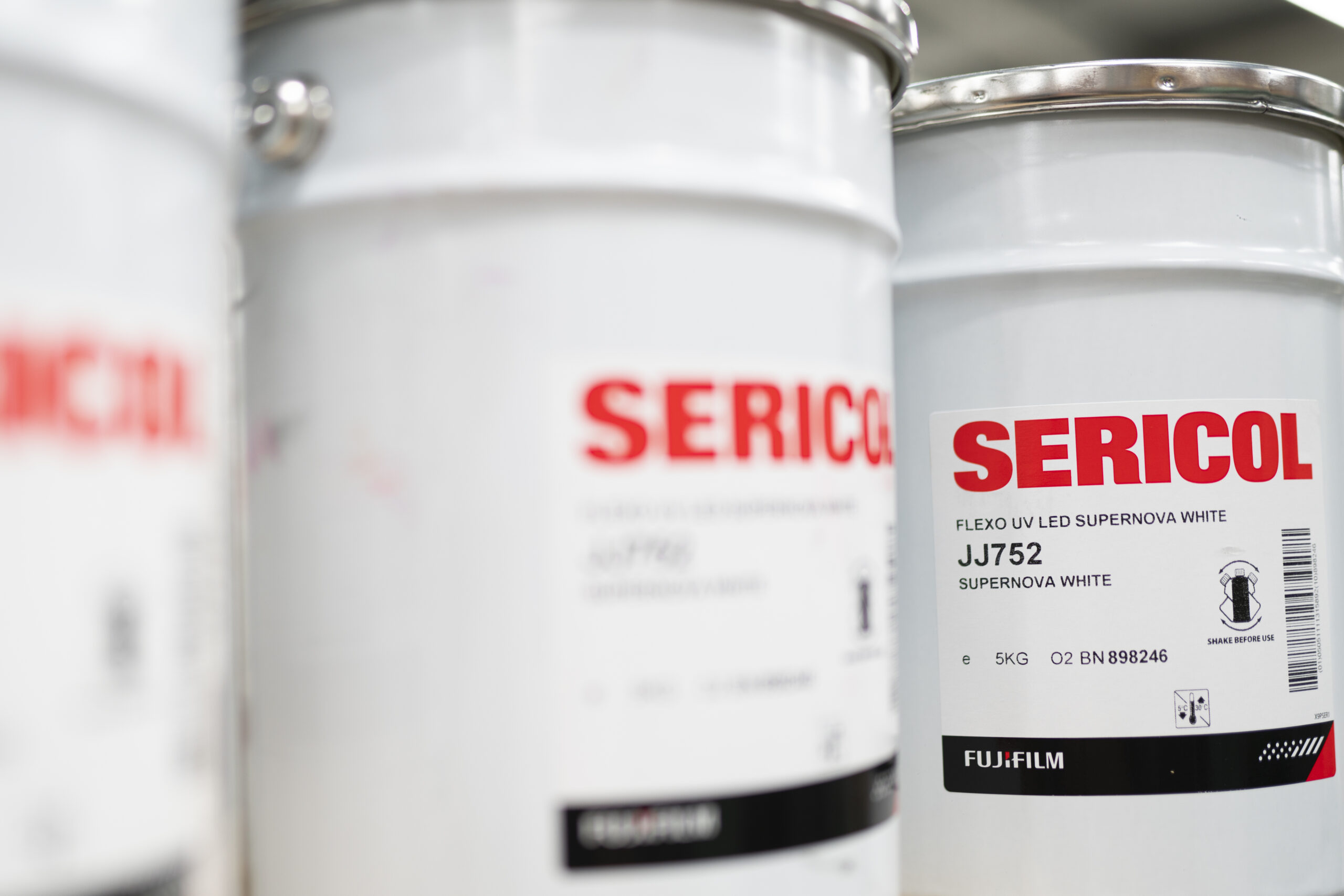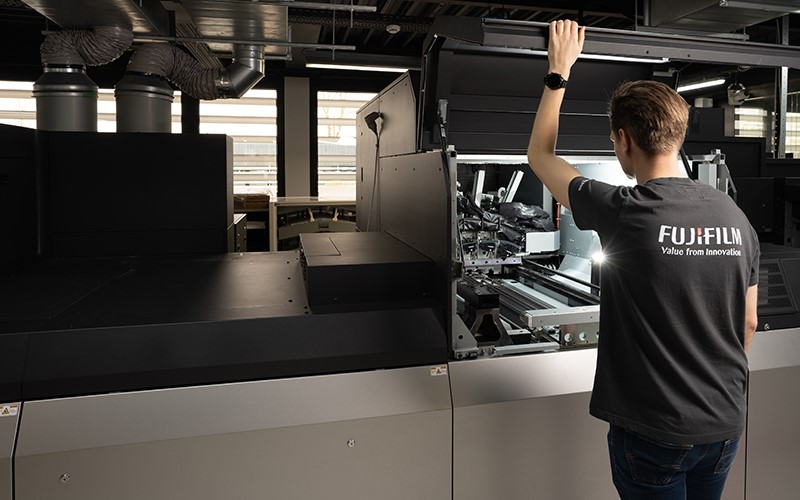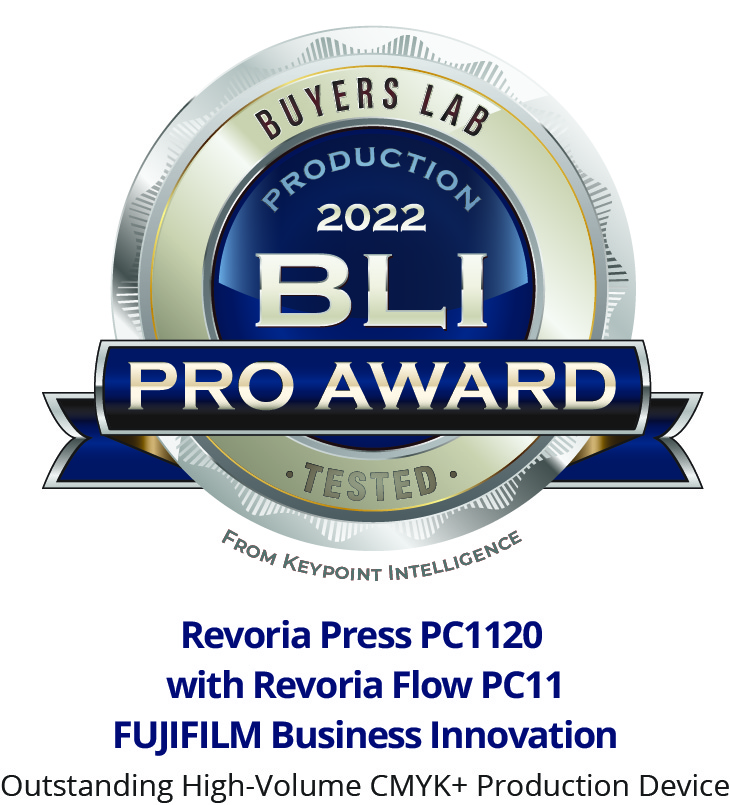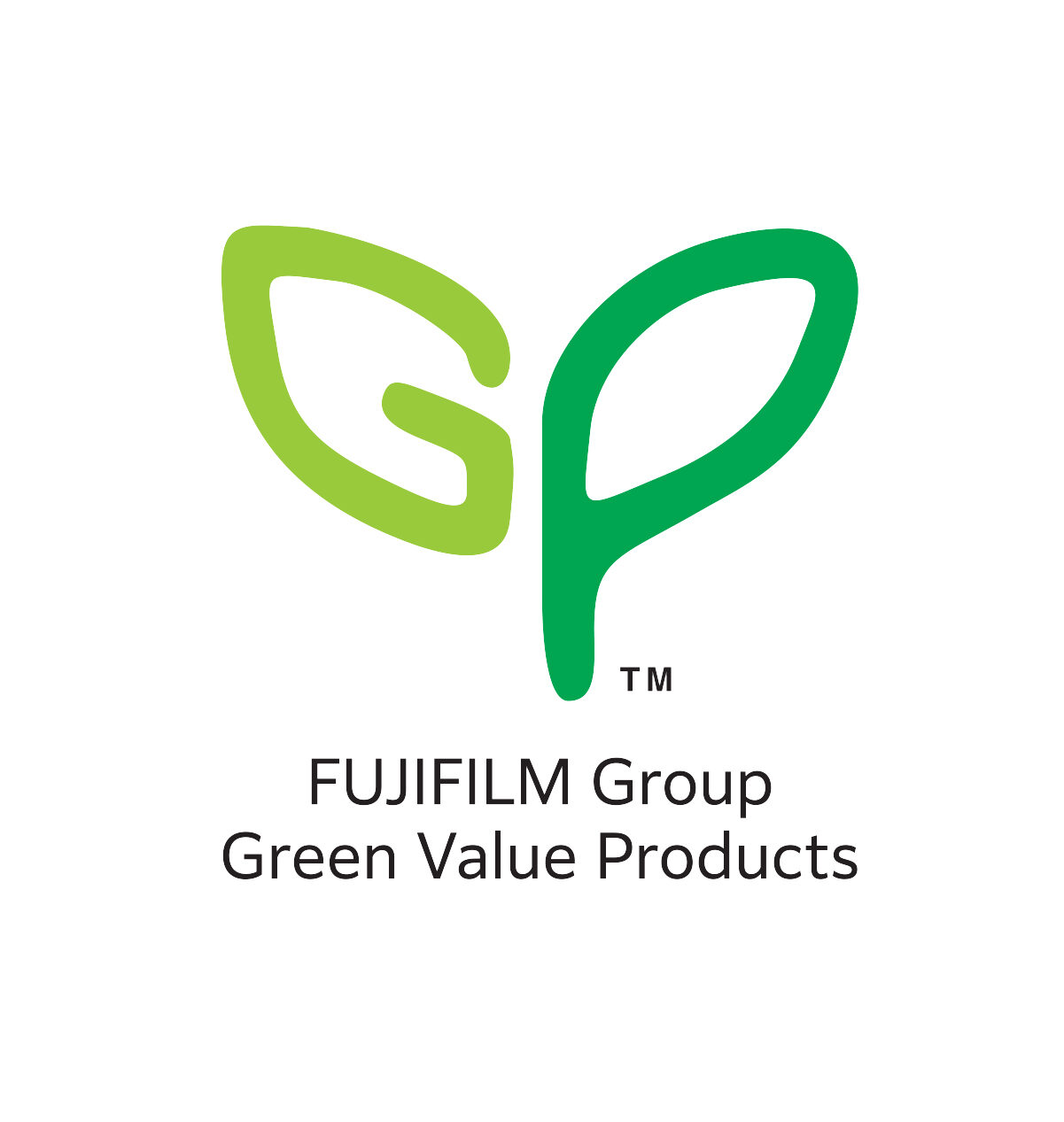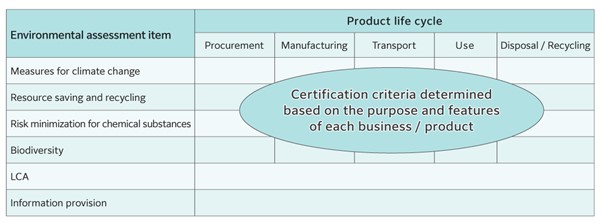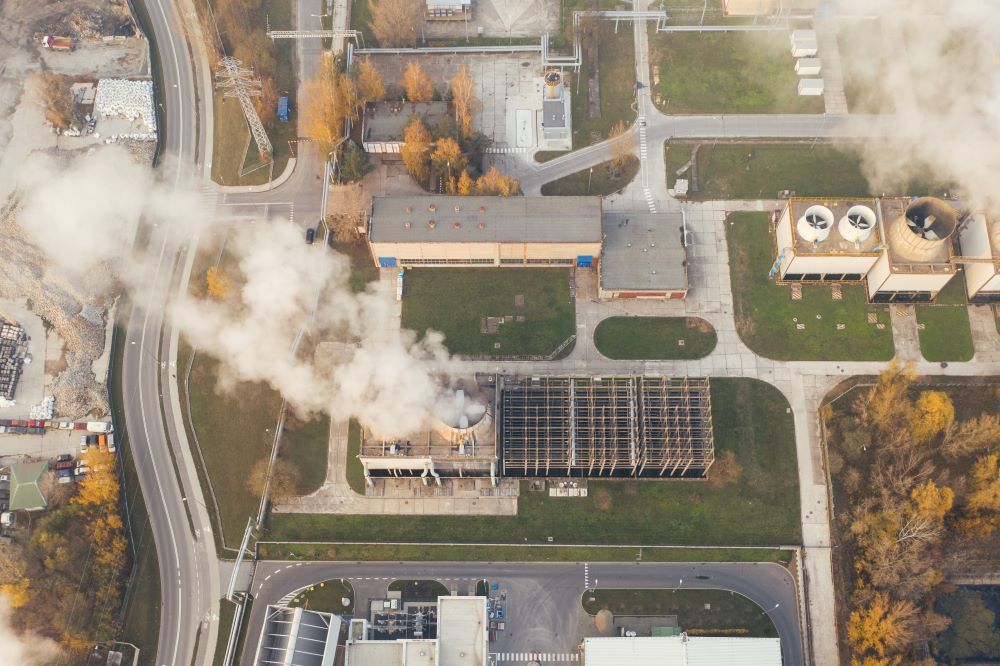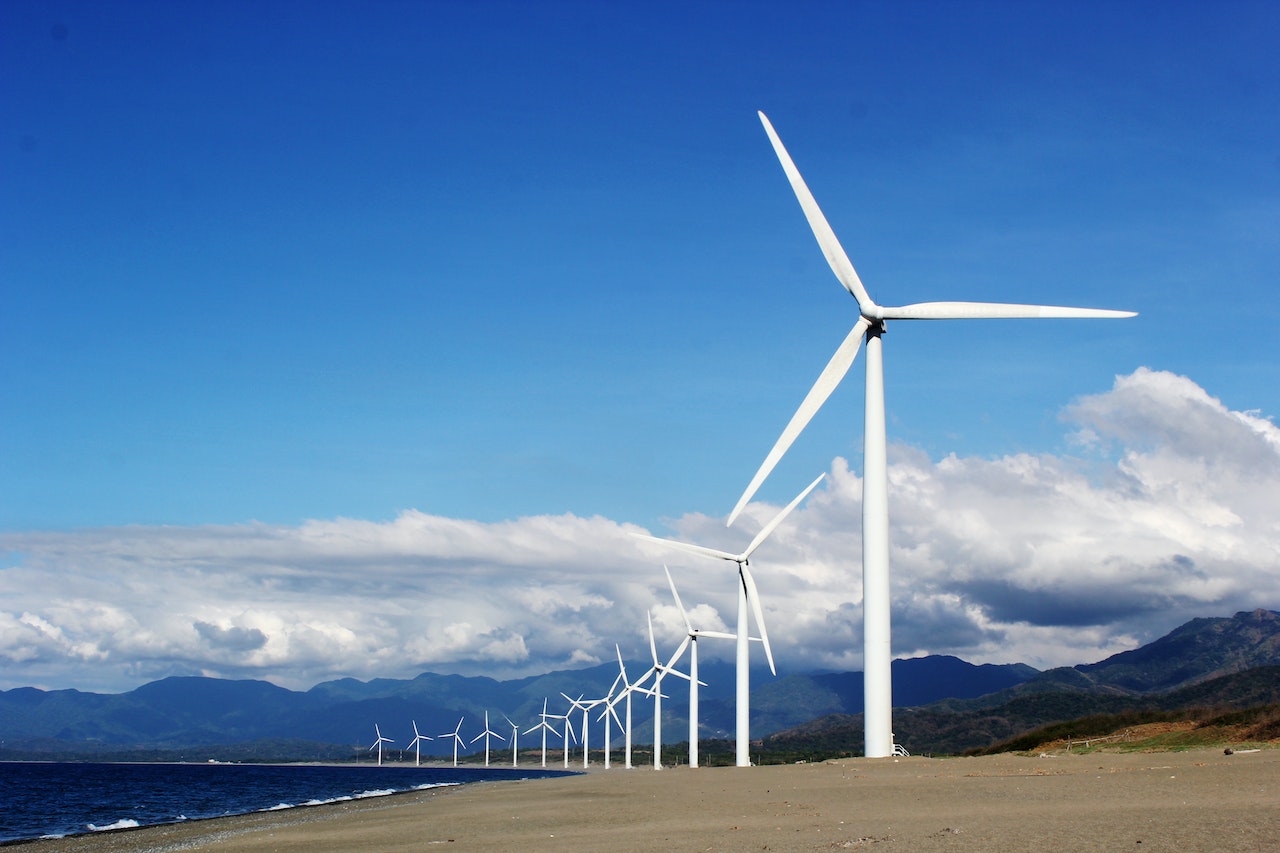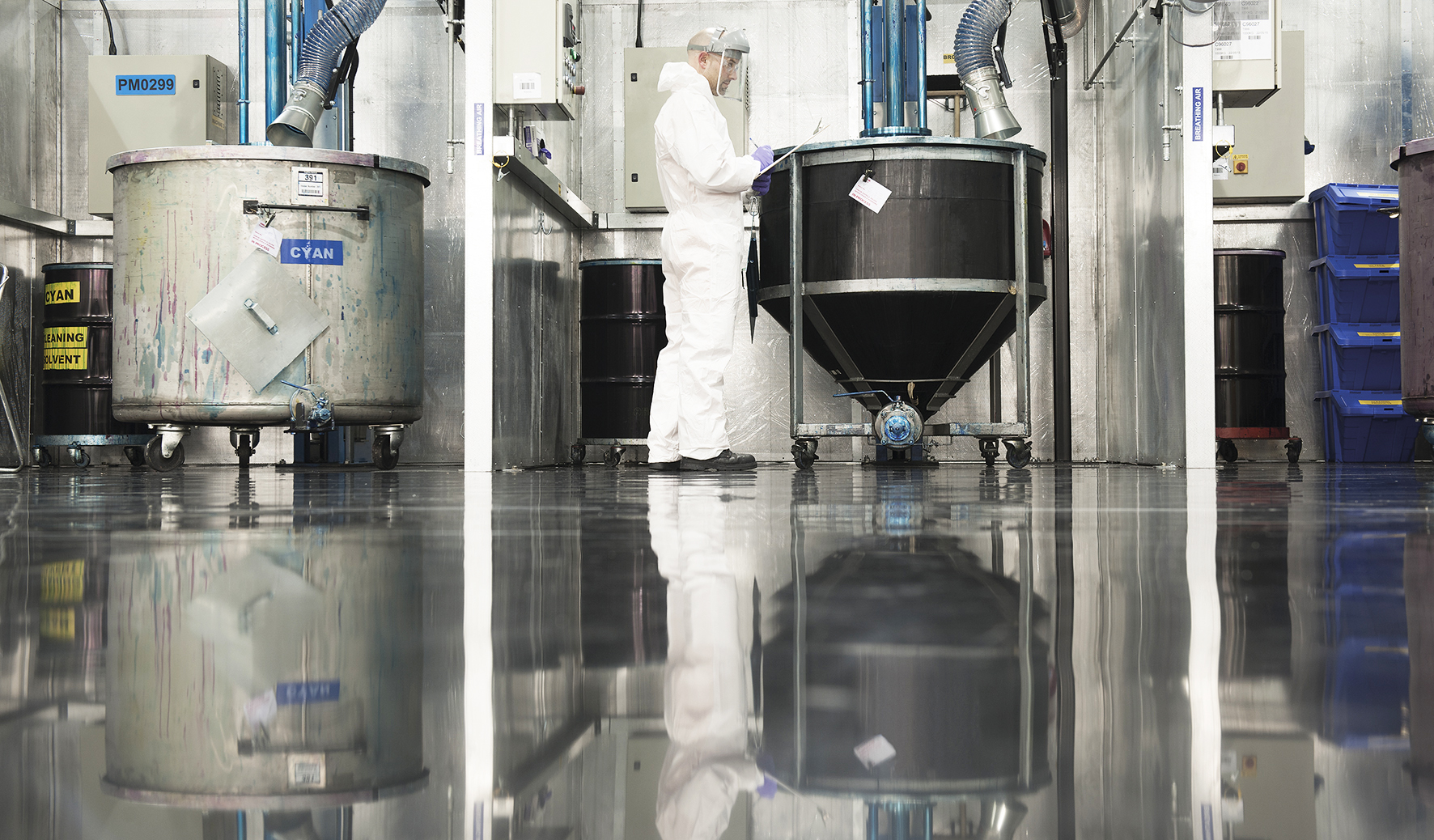Read the article
Reading time: 6 minutes
A rapidly changing sign and display market needs flexible solutions to keep pace with changing demand. While improvements to speed and quality are still being made, these are increasingly marginal, and it’s in the areas of value-for-money and versatility that there are opportunities for real differentiation.
Part of this shift towards the demand ever greater versatility is a result of the Covid pandemic, where print service providers, particularly those who had been highly specialised in the past, were forced to adapt and invest in new types of technology, to serve new markets with a more diverse range of applications.
One market response to this shift has been a significant increase in interest in hybrid printers and the obvious benefits they provide in their flexibility and versatility. When Fujifilm completely redesigned and relaunched its Acuity range of wide format printers in 2021, it was, in part, to be able to better respond to exactly these kinds of market shifts. The Acuity Ultra Hybrid LED and Acuity Prime Hybrid are early evidence of this strategy working exactly as planned.
This article looks at the Acuity Prime Hybrid in particular, delving deeper into what sets it apart from the competition, offering some insights into its true hybrid nature and its place in the evolving print industry.

A true hybrid platform
What do we mean by a ‘true hybrid’ platform? Aside from the obvious – being able to print to a wide range of both rigid and flexible substrates – what defines a ‘true hybrid’ printer? Perhaps we could start to answer that question by first addressing what it is not. It is not a flatbed printer with a roll function bolted on, nor, for that matter, is it a roll-to-roll machine with a flatbed table as an optional extra. Machines like this have their place, but that place is really only in environments where that additional functionality is needed only occasionally. In today’s print marketplace – where being able to accommodate and deliver as broad a range of work as possible is paramount – these ‘halfway hybrids’ are often no longer good enough.
With a true hybrid, you get exceptional performance, whether printing to rigid or roll-fed media, as the machine is designed with both in mind, rather than one of those simply being a bolt-on extra. And if the build quality of the machine is good enough, then that exceptional performance remains consistent even over very long jobs, whether roll-to-roll or rigid media, providing the ultimate flexibility.
The true hybrid opens up a range of possibilities for print businesses looking for growth opportunities. It is able to produce more work, faster.
Design and build
Fujifilm’s Acuity range combines award-winning UK design, with Japanese quality assurance and meticulous manufacturing processes. This exceptional design and build quality is notable in all aspects of the machines’ performance, but one area especially relevant to the Acuity Prime Hybrid, marking it out as an excellent example of a “true hybrid”, is the media handling capability. The industrial build quality of the Acuity Prime Hybrid gives it the ability to handle rolls of up to 100kg, far in excess of anything that a modified flatbed could manage. Not only that, but the media also tracks exceptionally well, meaning that the machine can be left printing long jobs with minimal operator involvement.
World class inks
When it comes to inks and curing, the Acuity Prime Hybrid boasts another advantage over many of its competitors. Fujifilm’s own UV and low energy LED UV curing inks mean that the Acuity Prime Hybrid is not only faster than many of its competitors, it also prints to a much broader range of substrates. This is because low energy curing also means low heat, which means that sensitive media can be used much more easily, and printed at higher speeds than would be possible otherwise, something impossible with curing systems that require a hotter drying process, for example latex. Lower heat also, of course, means lower energy use, which in turn means lower energy costs, meaning there are environmental benefits as well as potential cost savings, without reducing output.
Importantly, Fujifilm’s UV inkjet inks are also Greenguard Gold certified, making them suitable for a range of interior applications including wall coverings.
True versatility
The Acuity Prime Hybrid also distinguishes itself with its 2.05m printing width, a feature that extends beyond the standard 1.6m of most alternatives. This expanded capability doesn’t come at a premium, making it a practical choice for businesses looking to explore new horizons. The machine’s larger printing width offers the freedom to print rolls of various sizes efficiently, as well as the ability to run multiple boards side by side – while reducing the need for trimming or resizing, saving both time and resources. This versatility opens doors to a myriad of applications, from retail signage to durable outdoor displays.
In an era when adaptability is vital, the Acuity Prime Hybrid provides an ideal solution for print businesses to remain competitive and responsive to the ever changing market.

Proven solution
The Acuity Prime Hybrid is already proving its worth in real business environments.
David Allen, Managing Director of Allen Signs, in the UK, was first in the world to invest in this machine, in autumn 2023. He says the printer’s superb media handling made it not only stand out among competitors, but makes it able to print on difficult substrates, such as metallics, in a cost-effective manner.
Allen says: “Due to our familiarity with hybrid platforms, we sought the Acuity Prime Hybrid as an opportunity to explore the Fujifilm brand further. The printer has now allowed us to carry out our normal production with minimal issues and excellent quality and ink performance.”
Print Specialist at Allen Signs, Matt Ryder, adds: “We tried a job on the new Fujifilm machine, and instantly, it tracked. It was perfect. As for materials, we are yet to come across a substrate that doesn’t work.”
Allen Signs is the first of many businesses in Europe and around the world that stand to benefit from a machine that is both a true hybrid, and a true game changer in wide format print production.
Acuity Prime Hybrid
Find out more about the versatility of the Acuity Prime Hybrid, capable of printing on rigid and roll-fed media with no compromise in quality.
Discover the Acuity Prime Hybrid